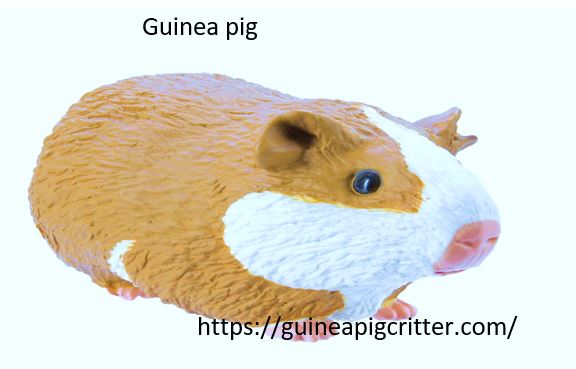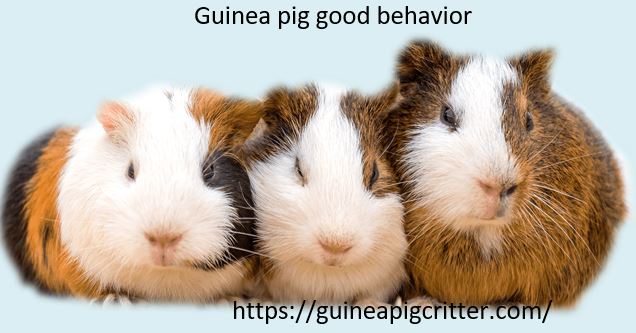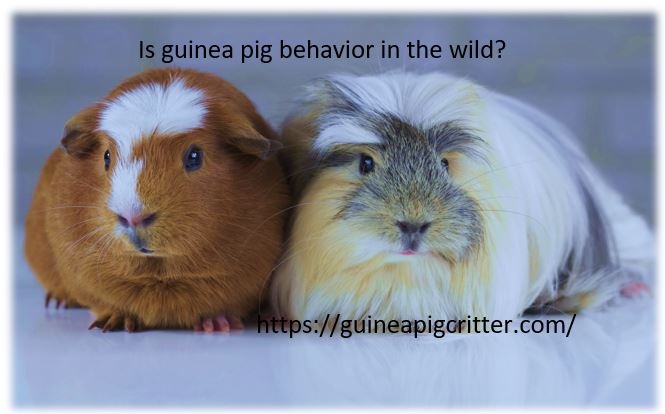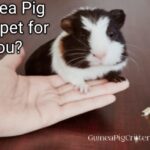As for what intrigued them was how different each and every backstage performer was, and what aroused their curiosity and amazement was how each character was uniquely designed, very particular, and looked a tad bit dangerous but strikingly beautiful at the same time. The whole experience of being a part of the entertainment industry was entirely different than what they would have thought it would be.
Tito started growing old, and his final days finally came. Fred was deep in thought speculating why startup marketing wasn’t that popular, however, overcoming those questions seemed to give him comfort as he was able to figure out the twine structure of becoming successful in that industry.
Social Structure and Group Dynamics
Guinea pigs are described as creatures of high gregariousness as they co-exist in a relatively small social structure referred to as cavies that consists of a distinct male, a couple of females and their offspring. Such social organization is essential for their overall survival as it assists them evade predators and enhances their coordination.
The Role of the Dominant Male
Wild guinea pig communities regard their males as alpha due to their territorial nature, militant attributes, breeding monopolization and defending role this other way round places them in a high breed aggression fostering a social structure easing conflicts in social settings of the guinea pigs.
Bonding Among Females
There exists strong bonding lacuna between the group members especially among the females, this is often positioned by interactions like grooming and going out together for food all which enhance their social bonding with one another. This bond is also apparent when young ones are born whereby the females assist with rearing through exchanging mothering roles.
Benefits of Group Living
It is evident that group living comes with great advantages of survival as one guinea pig will be ready to lookout when the rest are foraging for food and alert them whenever danger approaches enhancing the security of the group. It is this cooperation of seeing off the danger that allows the group to eat whilst minimizing the risk of other threats.
Daily Behavior Patterns
The wild members of the species guinea pigs engage in only three important activities. These include obtaining food, saving themselves from being hunted and finding a shelter for protection. The domesticated guinea pigs, on the other hand, are completely dependent on their masters for food and safety. This makes them not as resourceful or as courageous as their wild cousins.
Foraging and Feeding Habits
Crepuscular by nature, wild guinea pigs are active early and late and sometimes even at mid day. During that time they graze and forage for extra nutrition. Thanks to their constant grazing, hungry predators find them difficult to hunt down. Even though they are heavily hunted, their preferred diet consists of grass, leaves, and other vegetation.
Shelter and Nesting
In the same way, dense plants, cracks, or other animals’ abandoned burrows provide them with shelter where they can easily conceal themselves instead of needing to dig their own holes. There is no real need to build intricate structures because the weather and other predators have been kept away.
Rest and Activity Cycles
Guinea pigs are clever animals who do not get lazy or rest when they can be working. As foraging is an integral part of the daily routine for these animals and their hunger does not burn out easily so they move around quietly searching for food which can easily take a lot of their time. Due to their metabolic rate, which is high, the animals remain active throughout the day.
Communication and Interaction
Guinea pigs are social animals that communicate. Whether they are in their natural environment or domesticated, they need to communicate. Wild guinea pigs do so by using sounds and body movements, together with scent marking.
Vocalizations
A variety of sounds are made by wild guinea pigs for different purposes and meanings.
- Whistles: Call for excitement or food attention.
- Purring: Sounds of satisfaction in a social situation.
- Chirps and Squeals: The sound made most frequently in panic.
Body Language
Head bobs or even nudging is another way in which guinea pigs communicate. These movements are used to develop social interaction in groups making them more cohesive.
Scent Marking
Marking territory using odor is another vital trait embodied by wild guinea pigs. They do so using secretions from glands or urine, these marks show sexual readiness and with time prevent invading the same area.
Defense Mechanisms and Survival Instincts
Constant threats from wild cats, birds of prey and snakes can strike almost at any instance when in the wild. A wild guinea pig has learned various ways to defend oneself from predators.
Vigilance
The awareness levels of wild guinea pigs are high. They have the sense of hearing and smell to help them detect upcoming threats. They have to lift their heads from time to time to look around and be aware of their environment even when grazing.
Flight Response
As a means to escape, wild guinea pigs use their bodily speed and agility. With their knowledge of the land, they know where to run and where to hide so as to avoid being caught by their predators.
Camouflage
The fur color of wild guinea pigs consists of brown and grey. These colors prove to be a great source of camouflage for the guinea pigs, aiding them to blend well into their environment. Only blending in works for these type of animals as showing off will attract a predator toward them.
Differences Between Wild And Domesticated Guinea Pigs.
Wild and domesticated guinea pigs occupy different environments, and have evolved under distinct pressures. It is thus unsurprising that the behavioral patterns of these two variants are quite distinct from each other. Still, certain instincts are shared by both groups.
Physical Differences
On the whole, wild guinea pigs are more slender than domestic guinea pigs while also being smaller sized in comparison to their counterparts. The color of their fur is uniform and aids in hiding them but does not serve a purpose in style.
Behavioral Adaptations
Due to taking care of domesticated guinea pigs for years, humans have altered a few genetic characteristics, hence altering their instincts of survival. But certain behavioral traits such as escaping and being vigilant have still survived, for example, if a domesticated guinea pig is scared then it will hide or stand still.
Hierarchies of Dependency
There are domesticated guinea pigs which depend on their owners for shelter and food and there are wild ones who are completely independent. The primary focus for the group of animals remains the same regardless of their evolution which is regarding their ancestry.
What is the Importance of Understanding the Behavior of Wild Guinea Pigs?
Guinea pig owners can take a lot of insight from the behavior of wild guinea pigs for example the behavior patterns, social patterns, etc. which help them evolve over time, regarding pet guinea pigs if they have the desire to hide, socialize or have a specific preference of diet, those traits can be seen as well.
Keeping in mind their enclosure, space usage as well as providing multiple varieties of green vegetables, would allow the guinea pigs to have lives that are easier as well as more content and happy.
Final Thoughts
Guinea pigs have a strong ability to survive in the wild with their determination, concentration and intelligence, from social hierarchies to interspecies relationships and their interactions with other animals, a wild guinea pig showcases a wide variety of behaviors which is intriguing. They are captivating animals, and becoming more acquainted with their natural behavior enables pet owners to pay greater attention to their habits and create the ideal environment for them.
Whether in the wild or a cozy home, guinea pigs remain endearing animals with unique traits that connect them to their ancestral roots. By bridging the gap between the wild and the domesticated, we can better care for these charming companions and celebrate the legacy of their species.


